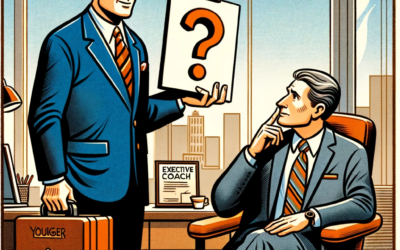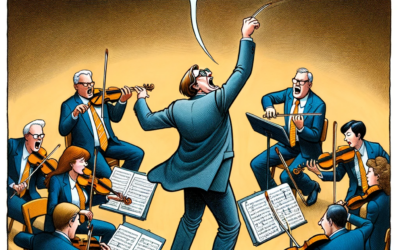Influence: Improving Morale in the Workplace
Influence is the amount of effect you have on someone’s character, development, or behavior. Every action–even small ones–can carry a great deal of positive influence in the workplace. Let’s say an employee shows up late for a meeting and no one says anything about that behavior. In isolation, this event may seem innocuous and not particularly influential. But it is. Here are three reasons why:
- When one person is late to meetings without any comment or repercussions, it signals that everyone else at the meeting can be late, too, without consequences.
- Lateness suggests that the tardy individual sees their time as more valuable than others’, or that the meeting and/or the people running it aren’t worthy of their time.
- Each employee in the meeting who says nothing to call out the lateness suggests to everyone in the room that within this team or group it is acceptable to be late.
The stakes are higher than they first appear. But so are the reasons why people might still not voice their disapproval:
- If you call out an individual on this breach of integrity, then you may be called out next time.
- The individual you call out might take exception and start to see you as an adversary.
- You may not feel empowered to change the culture or feel it’s the right moment to do so.
Because of the complexity of organizational systems and relationships, leaders need to be wary of and stem behavioral influences that are counter-productive/destructive. If they go unchecked, these influences can ripple outward. They can even change the organization’s culture. And if leaders don’t address these negative behavioral influences, then who will?
How Important is Positive Influence in the Workplace?
In How NASA Builds Teams, Charlie Pellerin (the youngest leader ever of NASA’s science division) examines the largest mishaps that took place while he was at NASA: including the “O ring” on the Challenger and the mirror distortion on the Hubble. Guess what led to these mishaps? The influence of NASA’s culture. The culture created by NASA employees discouraged and, at times, prevented vendors from speaking up. This cultural context was set by leadership and enforced or influenced by the social norms of each coworker.
As a leader, how might your behavior be negatively influencing your organization’s culture? Is there a coworker whose ideas you often shoot down? Over time, have you seen any behavioral changes from that coworker? If you’re accustomed to being the angel’s advocate, how inclined do you think your coworkers are to playing the devil’s advocate? Consciously and unconsciously, you are creating and instantiating behavioral norms. Leaders are the single greatest influence on an organization’s culture.
When CO2 Partners does team coaching, we work to uncover an organization’s unwritten rules, as well as the unintended consequences these rules have on behavior. We then work with clients to determine the behavior they want to see and work backwards to set new rules and processes for ensuring the unwanted behavior is called out and nipped in the bud. Leader buy-in is essential. Leaders must model a positive attitude at work, encourage those behaviors in others, and discourage returns to counter-productive behaviors. Otherwise, slippage is bound to happen. Mirrors get distorted, and nobody will say anything.
It’s a Wonderful Life
In It’s a Wonderful Life, George learns how his past interactions have influenced the entire community. Each of those interactions felt so ordinary to him that he did not see the impact he was having until he was given a chance to see what the world would look like if he had never been in it.
It is a very high bar to live up to your own and your organization’s values every moment of every day, and yet when you consider the influence you have, whether you are a leader or a follower, you realize it’s important to reach that high bar. When you do one small thing that bends a truth, it makes you less authentic, and it makes it okay for your coworkers to do likewise. It sets a precedent that can turn into a behavioral norm and seep into the culture as a whole.
Imagine you’re George. What would you like your influence to be on others? How can you (and others, as a result) have a wonderful life?



